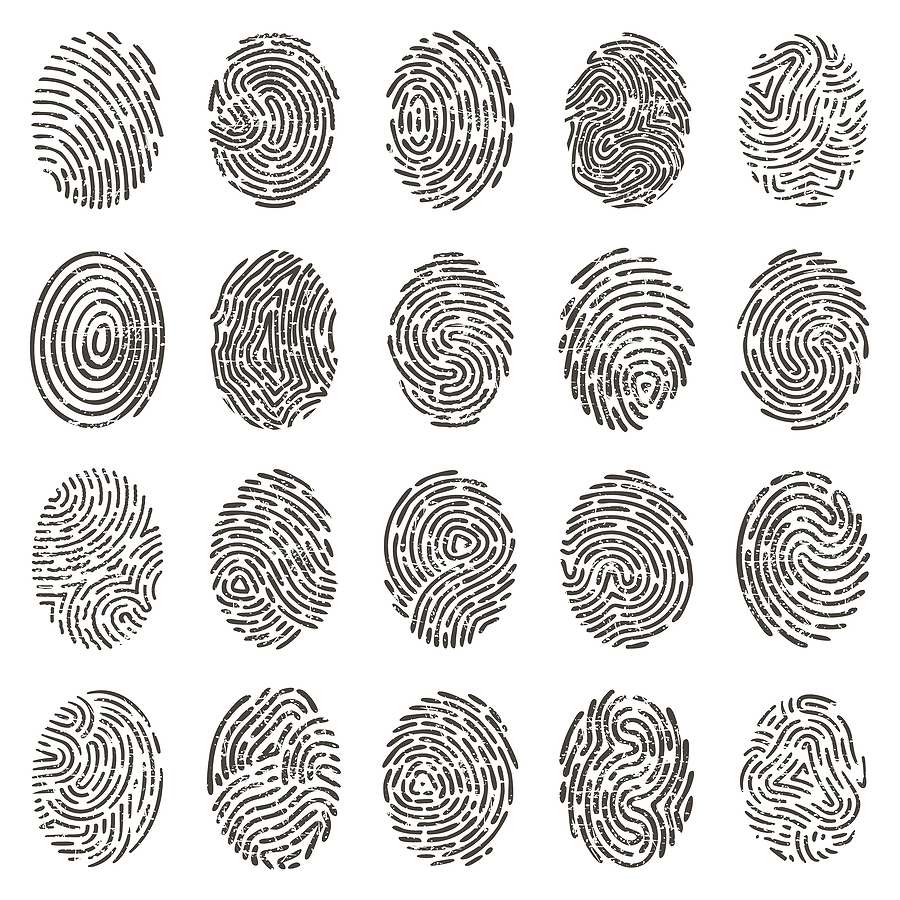Before there was a digital way to take a fingerprint, we relied on ink. Those were simpler times. Things are more convenient now, though, and less messy. If you’re required to submit your fingerprint for a thorough background check, Livescan is the modern method that’s used now. Keep reading to learn more about the process and what it entails.
List of Contents
What is Livescan?
Livescan is an electronic means of recording your fingerprint that is completely inkless. This digital record can then be uploaded into the database and sent wherever it needs to go. For example, to the California State Police repository or the FBI. This is a more reliable way to get an accurate fingerprint, as well as to quickly compare your Livescan prints against the criminal database.
Before going digital was an option, this process involved rolling each fingerprint in ink. As you can imagine, it was both time-consuming and messy. But it was also tricky to get a good print. The quality of the images were inconsistent and also prone to smudging. One of the benefits of Livescan is that the technician is able to retake a fingerprint if the image is flawed. Gone are the days of the standard print card we see in detective films.
For Individuals
Sometimes it’s necessary to be fingerprinted when you apply for a new job, or a license. For example, massage therapists are required to pass a background check in California before they can legally work in some businesses in the state. Individuals can find a Livescan form online to download. It’s important to fill out the right form, so be sure to ask questions if you’re confused about the process. This form may also be provided to you by a potential new employer or license provider.
Name-Based Background Checks
Name-based criminal background checks are no longer sufficient, either. Why is this? Part of the issue with name-based background checks is that it’s not uncommon for criminal offenders to use an alias, including other false details, like a fabricated date of birth. Just because nothing came up in the report doesn’t mean that someone’s record is clear. They could be using another identity, personal identifiers, or a new name. Similarly, if someone has a popular name, it’s possible that a search could raise false red flags. Either of these scenarios are problematic.
Relying on Biometrics
Why are fingerprint-based background checks so accurate? Unlike an identity, your fingerprint is something that can’t be faked. It’s entirely unique to you. This new fingerprint technology can transfer your data within seconds to the Department of Justice. In fact, the DOJ only accepts fingerprint records that are electronically submitted to be matched against the criminal database.
Another thing to note is that these electronic fingerprint records won’t result in multiple false hits on a criminal background check. Unlike a name, no one else shares your fingerprints. Even “identical” twins don’t have the same prints. All in all, such advances in technology have eliminated many of the errors and frustrations that were previously ordinary to such search results.
What Shows up on a Livescan Background Check?
Arrests, court cases, dispositions, or sentences will show on a Livescan report, as well as periods of parole. This can also include PC 1203.4 dismissals and other post-conviction orders for relief, and civil matters, such as restraining orders, and various other law enforcement-related matters.
Faster Response Times
With Livescan, it only takes 2-5 days for your background check to be completed by the DOJ and FBI. This depends on the level of service that’s requested on the form. Sometimes the response time is much faster, though, and can be processed within a matter of hours. The results are then forwarded to the company, school, government agency, or organization that is requiring your background check. Things that can slow down you report can include a criminal history, as well as poor fingerprint quality, sometimes referred to as “poor ridge detail.”
Checking the Status of Your Report
Because the results are sent directly to the Applicant Agency (Whoever requested the report), you’ll need to check with the Applicant Agency to confirm status. Neither the DOJ or FBI will send the background results to you. However, if it’s been a week, applicants are able to review the status of their background check through this web portal. To verify your identity, you will need to input your date of birth, as well as the 10-digit Applicant Transaction Identifier (ATI) number. This number can be found at the bottom of your request form.
Background Check Authorization Form for Employers
Depending on your organization, you may want access to conduct background checks in California. If this is the case, you’ll need a special form to submit to the Department of Justice.
For example, schools are permitted to conduct background checks, as well as other youth organizations, cities, and security companies. There are several forms to choose from, however. If you want to conduct criminal background checks in California, you will need to follow the Department of Justice’s guidelines to ensure that you submit the proper forms for your organization.
Livescan Locations
When you go to your Livescan appointment, you will need to bring some form of acceptable identification. For example, a drivers license or state ID in order to verify your information.
At Mail Boxes Times, we offer both Livescan, and traditional fingerprinting with ink. You can learn more about the services we offer by clicking here. If you have any questions about the process, please feel free to contact us by calling (310) 276-5076. We’re happy to help you with the right forms and steps.

